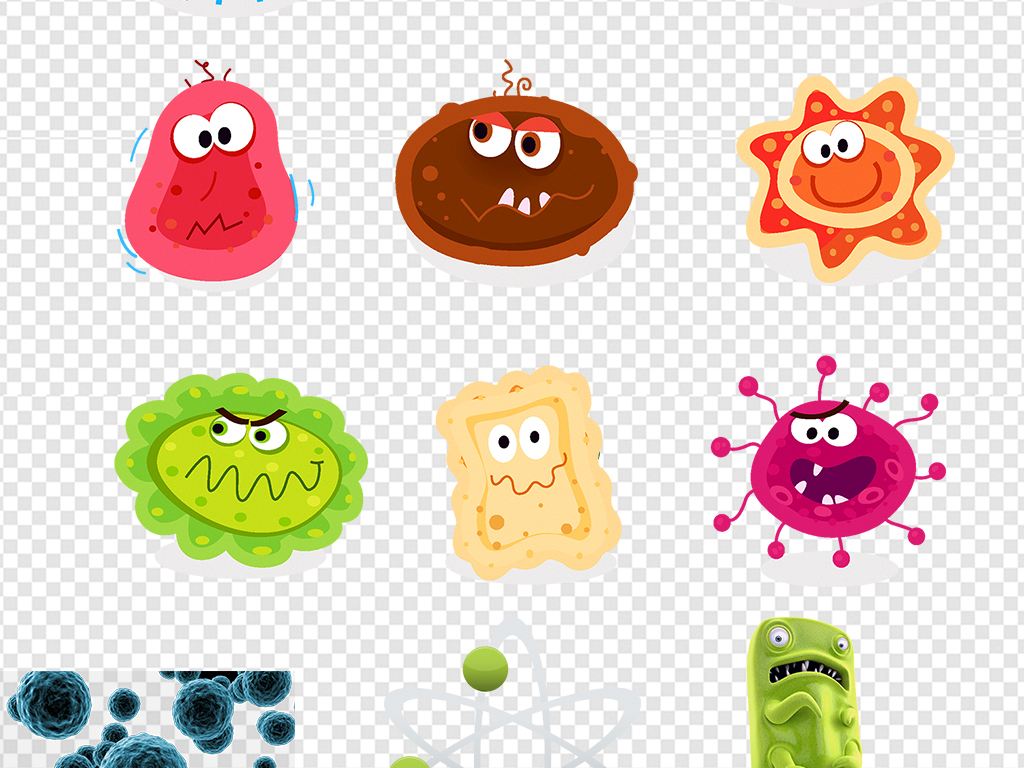Many organisms in the visible world were also poorly served by the traditional division. Fungi, the group that includes mushrooms, molds, mildews, yeasts, and puffballs, were nearly always treated as botanical objects, though in fact almost nothing about them—how they reproduce and respire, how they build themselves—matches anything in the plant world. Structurally they have more in common with animals in that they build their cells from chitin, a material that gives them their distinctive texture. The same substance is used to make the shells of insects and the claws of mammals, though it isn't nearly so tasty in a stag beetle as in a Portobello mushroom. Above all, unlike all plants, fungi don't photosynthesize, so they have no chlorophyll and thus are not green. Instead they grow directly on their food source, which can be almost anything. Fungi will eat the sulfur off a concrete wall or the decaying matter between your toes—two things no plant will do. Almost the only plantlike quality they have is that they root.

Even less comfortably susceptible to categorization was the peculiar group of organisms formally called myxomycetes but more commonly known as slime molds. The name no doubt has much to do with their obscurity. An appellation that sounded a little more dynamic— "ambulant self-activating protoplasm," say—and less like the stuff you find when you reach deep into a clogged drain would almost certainly have earned these extraordinary entities a more immediate share of the attention they deserve, for slime molds are, make no mistake, among the most interesting organisms in nature.












